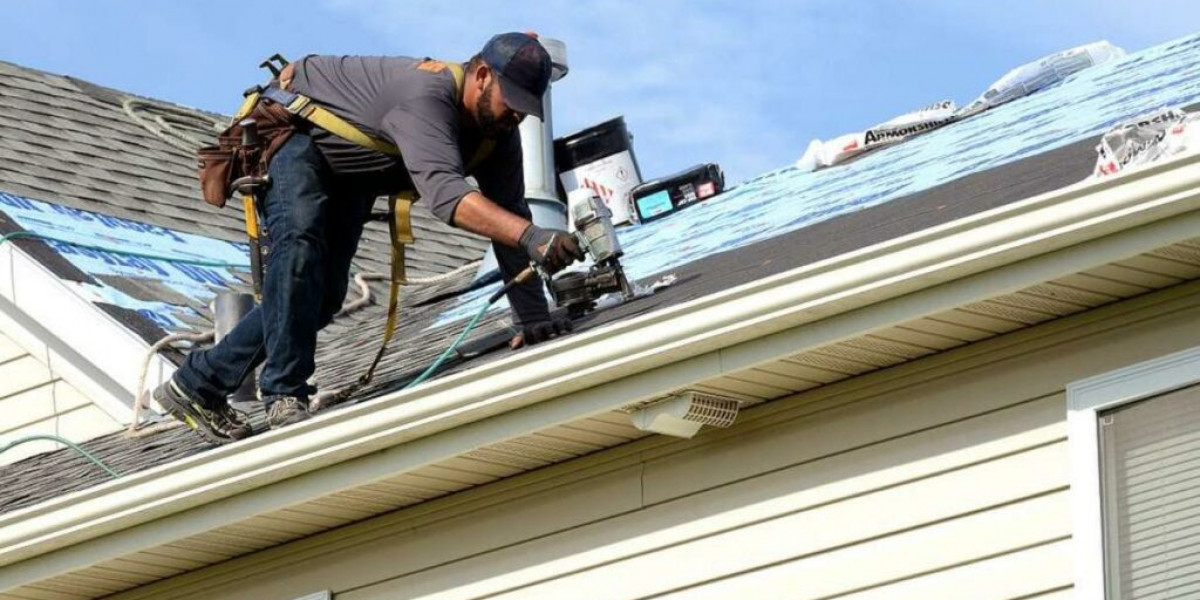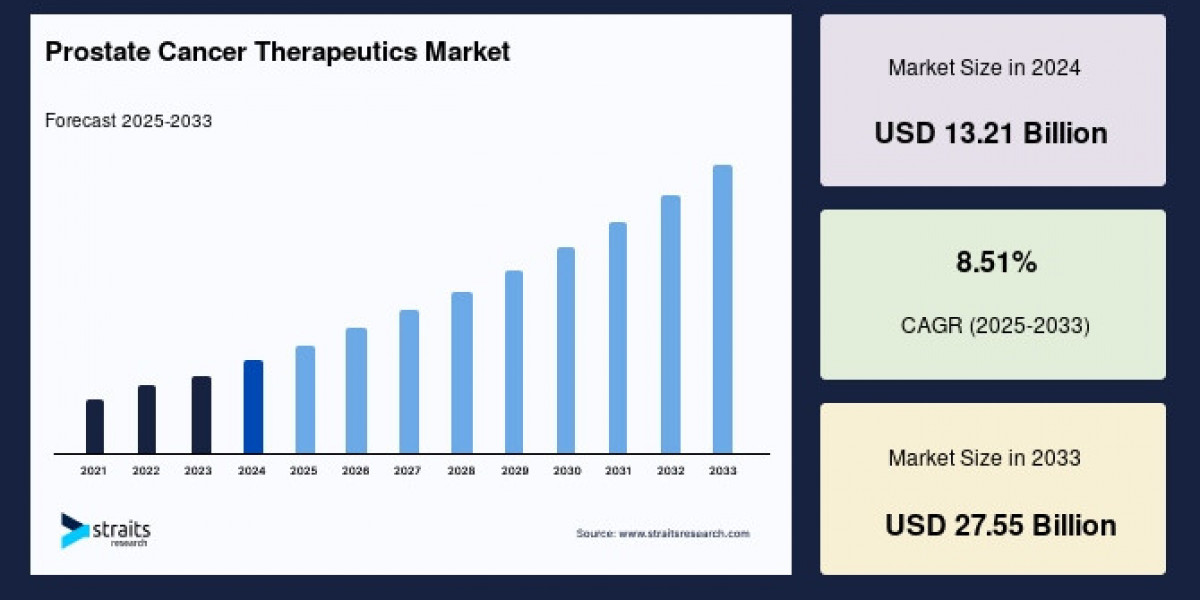The global push toward sustainability is no longer limited to environmental activists or eco-conscious households. It is now a central concern for schools, hospitals, corporations, and government institutions. Organizations recognize that their operations generate enormous amounts of waste, and plastic disposables are among the top contributors. The urgency to adopt eco-friendly alternatives has given rise to innovative solutions that balance functionality, cost-efficiency, and environmental responsibility.
Among the most promising solutions, Cane Fiber Trays stand out as a practical option that institutions across the globe are rapidly adopting. These trays are biodegradable, compostable, safe, and versatile, making them suitable for large-scale use in schools, hospitals, offices, and community programs.
This blog explores how institutions can adopt cane fiber trays as part of their sustainability initiatives, why they are ideal replacements for plastics, and the broader impact they can make in building eco-friendly societies.
The Institutional Problem With Plastic Waste
Large organizations consume disposables at an alarming scale.
Schools: Millions of students eat lunch daily, often on plastic or Styrofoam trays.
Hospitals: Patients, staff, and visitors generate mountains of plastic waste in cafeterias.
Offices: Corporate canteens and daily employee meals rely heavily on plastic disposables.
Government Programs: Subsidized meal programs, community kitchens, and aid distribution often use non-biodegradable packaging.
The result? Billions of plastic trays enter the waste stream annually, most of which end up in landfills or waterways. For institutions committed to reducing carbon footprints, this plastic dependency presents both an environmental challenge and a reputational risk.
Why Cane Fiber Trays Fit Institutional Needs
Unlike niche eco-products that cater only to households or luxury markets, cane fiber trays are designed for scalability and practicality. Institutions adopt them because they meet the exact requirements of mass food service operations.
1. Durability and Performance
Hospitals need trays that can handle hot, greasy meals; schools need options that won’t collapse in children’s hands; corporations want professional presentation in canteens. Cane fiber trays are sturdy, leak-proof, and resistant to oil and heat.
2. Health and Safety
Plastics may leach harmful chemicals into food, especially when microwaved. Cane fiber trays, made from natural byproducts of sugarcane, are chemical-free and food-safe—vital for schools and healthcare institutions.
3. Scalability
They can be mass-produced at costs comparable to plastic, making them realistic for institutions with high daily meal volumes.
4. Eco Impact
Fully compostable and biodegradable, cane fiber trays reduce institutional waste and align organizations with global climate goals.
5. Public Perception
Adopting eco-friendly practices builds trust. Parents, patients, employees, and citizens feel reassured when institutions prioritize both health and sustainability.
Case Study: Schools Going Green
Many schools worldwide are already replacing Styrofoam lunch trays with cane fiber versions. The impact is significant:
Healthier for Students: With no harmful chemicals, schools ensure meals are safe.
Cost-Efficient in the Long Run: As governments support eco products, subsidies and bulk purchasing make prices competitive.
Educational Value: Students learn sustainability firsthand, encouraging lifelong habits.
Community Leadership: Schools influence families to adopt eco habits at home.
For example, in the U.S., entire school districts have committed to compostable trays, cutting down millions of plastic disposables annually.
Hospitals: Caring for Health and the Planet
Hospitals are built on principles of healing and care—yet their reliance on plastic disposables contradicts that mission. Switching to cane fiber trays addresses multiple concerns:
Patient Health: Serving food in chemical-free trays eliminates risks of contamination.
Operational Efficiency: Compostable trays reduce the cost of waste management.
Corporate Responsibility: Hospitals gain public trust by demonstrating environmental stewardship.
In large healthcare systems, this small switch adds up to tons of plastic waste diverted from landfills every year.
Corporate and Office Adoption
Corporations face growing pressure from employees and stakeholders to adopt sustainable practices. The office cafeteria is a perfect starting point.
Employee Engagement: Workers feel proud when their employer prioritizes eco-friendly solutions.
Brand Image: Sustainable initiatives enhance corporate reputation.
Compliance: Many regions now regulate single-use plastics; cane fiber trays help companies stay compliant.
For companies hosting conferences, events, or training sessions, offering meals in eco trays strengthens their sustainability message.
Government and Community Programs
Governments often manage large-scale food distribution programs—school lunches, disaster relief meals, aid for low-income families. The sheer scale of these programs means that switching to eco-friendly alternatives delivers enormous impact.
Public Health: Safe food-serving materials reduce long-term risks.
Eco Policy Alignment: Using cane fiber trays demonstrates tangible progress toward sustainability commitments.
Setting an Example: When governments lead, citizens and private sectors follow.
Countries like India, the U.S., and parts of Europe are already piloting biodegradable tableware in public programs, proving the feasibility of such initiatives.
The Economic Case for Cane Fiber Trays
Critics often assume eco-friendly products are expensive. While costs may initially be slightly higher, institutions see savings and benefits in several ways:
Bulk Purchasing lowers per-unit costs.
Reduced Waste Disposal Fees save money on landfill management.
Brand Reputation attracts students, patients, and employees who value sustainability.
Policy Incentives: Many governments offer tax benefits or grants for adopting eco products.
When scaled across thousands of daily meals, cane fiber trays become cost-effective, especially when factoring in reputational and environmental returns.
Overcoming Institutional Challenges
Large organizations face hurdles in switching to new systems. Common concerns include:
Supply Chain Reliability: Institutions need assurance that trays can be delivered consistently at scale.
Staff Training: Employees must understand proper disposal and composting.
Cost Sensitivity: Budgets are tight, especially in public schools and hospitals.
Behavioral Change: Encouraging staff, students, or patients to embrace new practices takes time.
Solutions involve partnerships with reliable suppliers, government support, and educational campaigns to drive acceptance.
Environmental Impact at Scale
If a hospital serving 1,000 meals a day switches to cane fiber trays, it eliminates around 365,000 plastic disposables annually. Multiply this by thousands of institutions worldwide, and the impact is staggering.
Similarly, if a school district with 50 schools adopts cane fiber trays, millions of plastic plates are kept out of landfills each year. These collective actions significantly cut greenhouse gas emissions, reduce microplastics, and promote healthier ecosystems.
The Role of Policy in Driving Adoption
Government policies banning single-use plastics have accelerated adoption. However, to make eco alternatives truly mainstream, institutions need:
Incentives and Subsidies to offset costs.
Public Awareness Campaigns to normalize eco trays.
Infrastructure for Composting so trays can be disposed of responsibly.
Public-private collaborations are key. By working with eco-product manufacturers, institutions can scale solutions that balance cost and sustainability.
Looking Ahead: A Sustainable Future for Institutions
The shift to cane fiber trays is more than just a product change—it’s a step toward systemic sustainability. Schools can raise environmentally aware citizens, hospitals can extend care to the planet, corporations can lead by example, and governments can inspire entire nations.
In the future, eco trays may become the standard in institutional food service, replacing plastics entirely. This transition demonstrates that sustainability is not only achievable but also practical on the largest scales.
Conclusion
The battle against plastic waste cannot be won without the participation of large institutions. By adopting cane fiber trays, schools, hospitals, corporations, and government programs can significantly reduce their environmental impact while setting a powerful example for society.
These trays are not just tools for serving food—they’re symbols of responsibility, progress, and care. They remind us that sustainability doesn’t require sacrificing convenience or efficiency. Instead, it’s about making smarter choices that align with the health of people and the planet.
As more institutions make this switch, the ripple effect will be massive: millions of plastic disposables avoided, billions of people served sustainably, and a world closer to its green goals.







